-
Notifications
You must be signed in to change notification settings - Fork 5
New issue
Have a question about this project? Sign up for a free GitHub account to open an issue and contact its maintainers and the community.
By clicking “Sign up for GitHub”, you agree to our terms of service and privacy statement. We’ll occasionally send you account related emails.
Already on GitHub? Sign in to your account
image upload #1
Comments
I imagine later on there will be multiple QGIS pages, so I created a separate folder just like for the Python package. This is a translation of the how-to guide by @gijsber, with some small edits. Images are stored in #1. Fixes #96 
Needed for #1110. Before node IDs were globally unique. If you had the ID, you could look up the type in the Node table. When designing #1110 we came to the conclusion that this was not the right choice. It requires you to be aware of the IDs that are used throughout the model, whereas with this you only need to make sure that `Pump #5` doesn't already exist. Most of the updates in this PR were to correct the tests. Some of the code and error messages became easier to read. If we talk about a node then we always know what the type is, there is no need to look it up first. Most tables stay the same, e.g. if you have a `Terminal / static` table with a `node_id` Int column, you know that this refers to a Terminal NodeID. Only when connecting to other nodes do we need to specify the type next to the ID. So the `Edge` table now gets `from_node_type` next to `from_node_id`, the `PidControl / static` gets `listen_node_type` next to `listen_node_id`, etc. These extra columns are currently automatically filled in by Ribasim-Python on model save, hence they don't require changing the test models. In terms of implementation, this basically adds the `type` field to `NodeID` and fixes the resulting errors. ```julia struct NodeID type::NodeType.T value::Int end ``` It does not yet test if models with the same node IDs (`Pump #1` and `Basin #1`) work, but this is hard to do right now with Ribasim Python, so best left for a later moment. --------- Co-authored-by: Hofer-Julian <[email protected]>
Fixes #1350 This is an example `ribasim.log`: ``` ┌ Info: Starting a Ribasim simulation. │ cli.ribasim_version = 2024.9.0 │ starttime = 2020-01-01T00:00:00 │ endtime = 2020-12-01T00:00:00 └ @ Ribasim D:\repo\ribasim\Ribasim\core\src\main.jl:42 ┌ Error: Invalid edge type 'foo' for edge #0 from node #1 to node #2. └ @ Ribasim D:\repo\ribasim\Ribasim\core\src\validation.jl:520 ┌ Error: Invalid edge type 'bar' for edge #1 from node #2 to node #3. └ @ Ribasim D:\repo\ribasim\Ribasim\core\src\validation.jl:520 ERROR: Invalid edge types found. Stacktrace: [1] error(s::String) @ Base .\error.jl:35 [2] Ribasim.Model(config::Ribasim.config.Config) @ Ribasim D:\repo\ribasim\Ribasim\core\src\model.jl:59 [3] run(config::Ribasim.config.Config) @ Ribasim D:\repo\ribasim\Ribasim\core\src\main.jl:11 [4] (::Ribasim.var"#215#217"{IOStream, Ribasim.config.Config})() @ Ribasim D:\repo\ribasim\Ribasim\core\src\main.jl:45 [5] with_logstate(f::Function, logstate::Any) @ Base.CoreLogging .\logging.jl:515 [6] with_logger @ .\logging.jl:627 [inlined] [7] #214 @ D:\repo\ribasim\Ribasim\core\src\main.jl:36 [inlined] [8] open(::Ribasim.var"#214#216"{Ribasim.config.Config}, ::String, ::Vararg{String}; kwargs::@kwargs{}) @ Base .\io.jl:396 [9] open @ .\io.jl:393 [inlined] [10] main(toml_path::String) @ Ribasim D:\repo\ribasim\Ribasim\core\src\main.jl:34 [11] (::Main.var"##227".var"#1#2")() @ Main.var"##227" d:\repo\ribasim\Ribasim\core\test\main_test.jl:42 [12] (::IOCapture.var"#5#9"{DataType, Main.var"##227".var"#1#2", IOContext{Base.PipeEndpoint}, IOContext{Base.PipeEndpoint}, Base.PipeEndpoint, Base.PipeEndpoint})() @ IOCapture C:\Users\visser_mn\.julia\packages\IOCapture\Y5rEA\src\IOCapture.jl:170 [13] with_logstate(f::Function, logstate::Any) @ Base.CoreLogging .\logging.jl:515 [14] with_logger @ .\logging.jl:627 [inlined] [15] capture(f::Main.var"##227".var"#1#2"; rethrow::Type, color::Bool, passthrough::Bool, capture_buffer::IOBuffer, io_context::Vector{Any}) @ IOCapture C:\Users\visser_mn\.julia\packages\IOCapture\Y5rEA\src\IOCapture.jl:167 [16] capture(f::Function) @ IOCapture C:\Users\visser_mn\.julia\packages\IOCapture\Y5rEA\src\IOCapture.jl:100 [17] top-level scope @ d:\repo\ribasim\Ribasim\core\test\main_test.jl:41 [18] eval @ .\boot.jl:385 [inlined] [19] include_string(mapexpr::typeof(identity), mod::Module, code::String, filename::String) @ Base .\loading.jl:2076 [20] include_string(m::Module, txt::String, fname::String) @ Base .\loading.jl:2086 [21] #invokelatest#2 @ .\essentials.jl:892 [inlined] [22] invokelatest @ .\essentials.jl:889 [inlined] [23] #8 @ c:\Users\visser_mn\.vscode\extensions\julialang.language-julia-1.83.2\scripts\packages\VSCodeTestServer\src\VSCodeTestServer.jl:115 [inlined] [24] withpath(f::VSCodeTestServer.var"#8#10"{UInt64, String, String, Module}, path::String) @ VSCodeTestServer c:\Users\visser_mn\.vscode\extensions\julialang.language-julia-1.83.2\scripts\packages\VSCodeTestServer\src\VSCodeTestServer.jl:20 [25] run_testitem_handler(conn::VSCodeTestServer.JSONRPC.JSONRPCEndpoint{Base.PipeEndpoint, Base.PipeEndpoint}, params::VSCodeTestServer.TestserverRunTestitemRequestParams) @ VSCodeTestServer c:\Users\visser_mn\.vscode\extensions\julialang.language-julia-1.83.2\scripts\packages\VSCodeTestServer\src\VSCodeTestServer.jl:114 [26] dispatch_msg(x::VSCodeTestServer.JSONRPC.JSONRPCEndpoint{Base.PipeEndpoint, Base.PipeEndpoint}, dispatcher::VSCodeTestServer.JSONRPC.MsgDispatcher, msg::Dict{String, Any}) @ VSCodeTestServer.JSONRPC c:\Users\visser_mn\.vscode\extensions\julialang.language-julia-1.83.2\scripts\packages\JSONRPC\src\typed.jl:67 [27] serve_in_env(conn::Base.PipeEndpoint) @ VSCodeTestServer c:\Users\visser_mn\.vscode\extensions\julialang.language-julia-1.83.2\scripts\packages\VSCodeTestServer\src\VSCodeTestServer.jl:215 [28] #14 @ c:\Users\visser_mn\.vscode\extensions\julialang.language-julia-1.83.2\scripts\packages\VSCodeTestServer\src\VSCodeTestServer.jl:234 [inlined] [29] (::VSCodeTestServer.TestEnv.var"#3#4"{VSCodeTestServer.var"#14#16"{Base.PipeEndpoint}})() @ VSCodeTestServer.TestEnv c:\Users\visser_mn\.vscode\extensions\julialang.language-julia-1.83.2\scripts\packages\TestEnv\src\julia-1.9\activate_do.jl:19 [30] withenv(::VSCodeTestServer.TestEnv.var"#3#4"{VSCodeTestServer.var"#14#16"{Base.PipeEndpoint}}, ::Pair{String, String}, ::Vararg{Pair{String}}) @ Base .\env.jl:257 [31] (::Pkg.Operations.var"#117#122"{String, Bool, Bool, Bool, VSCodeTestServer.TestEnv.var"#3#4"{VSCodeTestServer.var"#14#16"{Base.PipeEndpoint}}, Pkg.Types.PackageSpec})() @ Pkg.Operations C:\Users\visser_mn\.julia\juliaup\julia-1.10.4+0.x64.w64.mingw32\share\julia\stdlib\v1.10\Pkg\src\Operations.jl:1825 [32] with_temp_env(fn::Pkg.Operations.var"#117#122"{String, Bool, Bool, Bool, VSCodeTestServer.TestEnv.var"#3#4"{VSCodeTestServer.var"#14#16"{Base.PipeEndpoint}}, Pkg.Types.PackageSpec}, temp_env::String) @ Pkg.Operations C:\Users\visser_mn\.julia\juliaup\julia-1.10.4+0.x64.w64.mingw32\share\julia\stdlib\v1.10\Pkg\src\Operations.jl:1706 [33] (::Pkg.Operations.var"#115#120"{Nothing, Bool, Bool, Bool, VSCodeTestServer.TestEnv.var"#3#4"{VSCodeTestServer.var"#14#16"{Base.PipeEndpoint}}, Pkg.Types.Context, Pkg.Types.PackageSpec, String, Pkg.Types.Project, String})(tmp::String) @ Pkg.Operations C:\Users\visser_mn\.julia\juliaup\julia-1.10.4+0.x64.w64.mingw32\share\julia\stdlib\v1.10\Pkg\src\Operations.jl:1795 [34] mktempdir(fn::Pkg.Operations.var"#115#120"{Nothing, Bool, Bool, Bool, VSCodeTestServer.TestEnv.var"#3#4"{VSCodeTestServer.var"#14#16"{Base.PipeEndpoint}}, Pkg.Types.Context, Pkg.Types.PackageSpec, String, Pkg.Types.Project, String}, parent::String; prefix::String) @ Base.Filesystem .\file.jl:766 [35] mktempdir(fn::Function, parent::String) @ Base.Filesystem .\file.jl:762 [36] mktempdir @ .\file.jl:762 [inlined] [37] sandbox(fn::Function, ctx::Pkg.Types.Context, target::Pkg.Types.PackageSpec, target_path::String, sandbox_path::String, sandbox_project_override::Pkg.Types.Project; preferences::Nothing, force_latest_compatible_version::Bool, allow_earlier_backwards_compatible_versions::Bool, allow_reresolve::Bool) @ Pkg.Operations C:\Users\visser_mn\.julia\juliaup\julia-1.10.4+0.x64.w64.mingw32\share\julia\stdlib\v1.10\Pkg\src\Operations.jl:1753 [38] sandbox @ C:\Users\visser_mn\.julia\juliaup\julia-1.10.4+0.x64.w64.mingw32\share\julia\stdlib\v1.10\Pkg\src\Operations.jl:1744 [inlined] [39] activate(f::VSCodeTestServer.var"#14#16"{Base.PipeEndpoint}, pkg::String; allow_reresolve::Bool) @ VSCodeTestServer.TestEnv c:\Users\visser_mn\.vscode\extensions\julialang.language-julia-1.83.2\scripts\packages\TestEnv\src\julia-1.9\activate_do.jl:17 [40] activate @ c:\Users\visser_mn\.vscode\extensions\julialang.language-julia-1.83.2\scripts\packages\TestEnv\src\julia-1.9\activate_do.jl:12 [inlined] [41] serve(conn::Base.PipeEndpoint, project_path::String, package_path::String, package_name::String; is_dev::Bool, crashreporting_pipename::Nothing) @ VSCodeTestServer c:\Users\visser_mn\.vscode\extensions\julialang.language-julia-1.83.2\scripts\packages\VSCodeTestServer\src\VSCodeTestServer.jl:233 [42] serve(conn::Base.PipeEndpoint, project_path::String, package_path::String, package_name::String) @ VSCodeTestServer c:\Users\visser_mn\.vscode\extensions\julialang.language-julia-1.83.2\scripts\packages\VSCodeTestServer\src\VSCodeTestServer.jl:219 [43] top-level scope @ c:\Users\visser_mn\.vscode\extensions\julialang.language-julia-1.83.2\scripts\testserver\testserver_main.jl:17 [44] include(mod::Module, _path::String) @ Base .\Base.jl:495 [45] exec_options(opts::Base.JLOptions) @ Base .\client.jl:318 [46] _start() @ Base .\client.jl:552 ```
|
How can I make sure the url of my image is user-image not private-user-image? |
|
What do you mean? If you're worried that it's private, just open an incognito tab in your browser and put the URL there. By the way, it might be worthwhile to experiment with exporting matplotlib figures as SVG instead. They'll be nice and crisp then. QGIS also has an export to SVG option: https://docs.qgis.org/3.34/en/docs/user_manual/print_composer/create_output.html#export-as-svg |
|
@Huite Thanks! But if the picture's url starts with private-user-image, then our document will not able to find it and display it. That's why I was asking |
|
If you edit your post you should be able to see non-private image urls. |





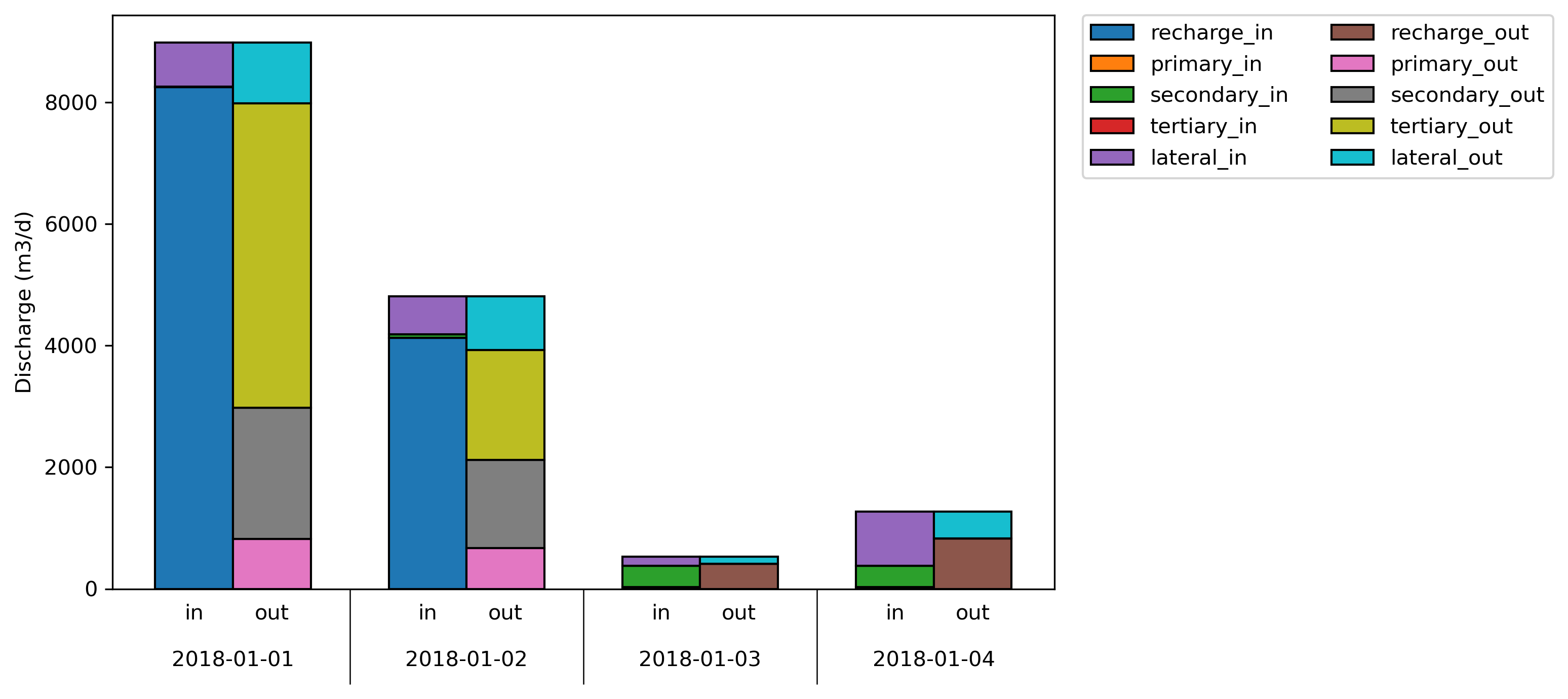
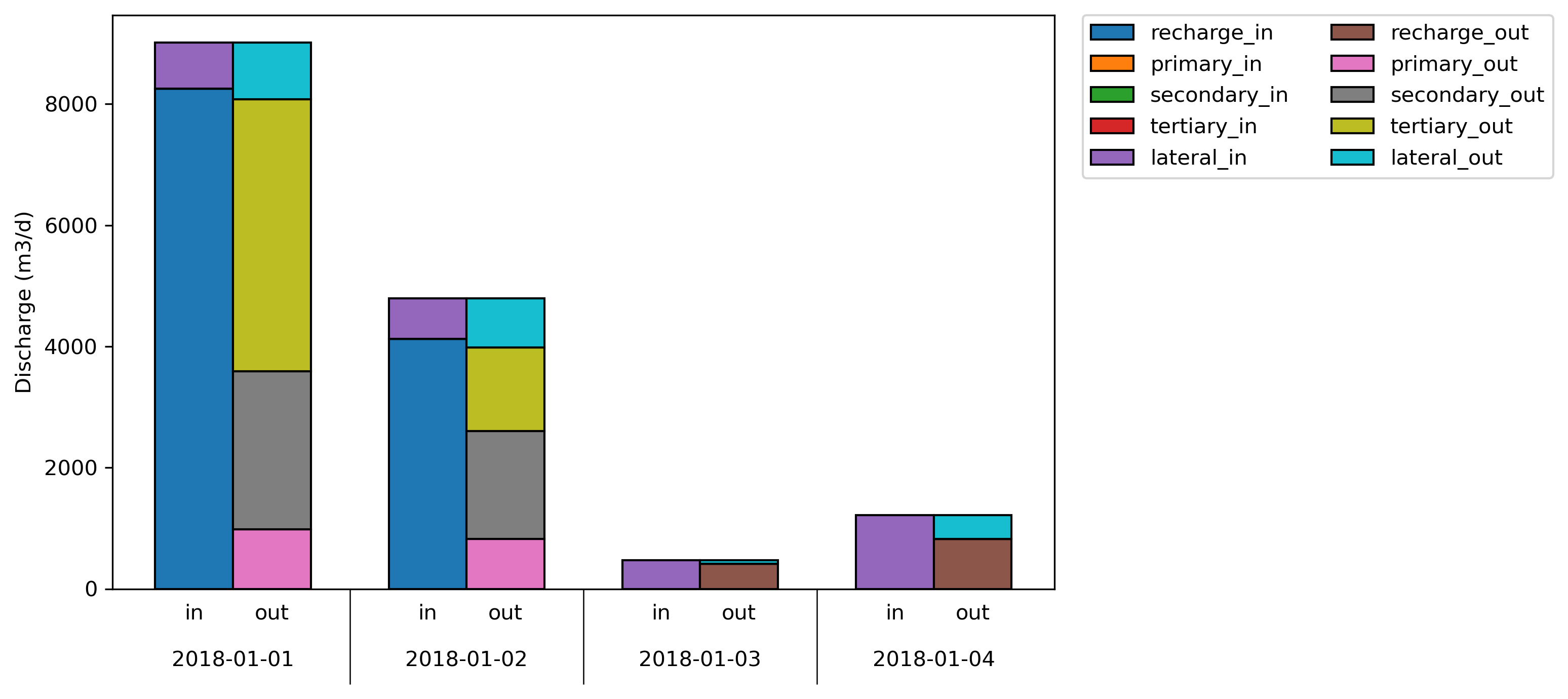
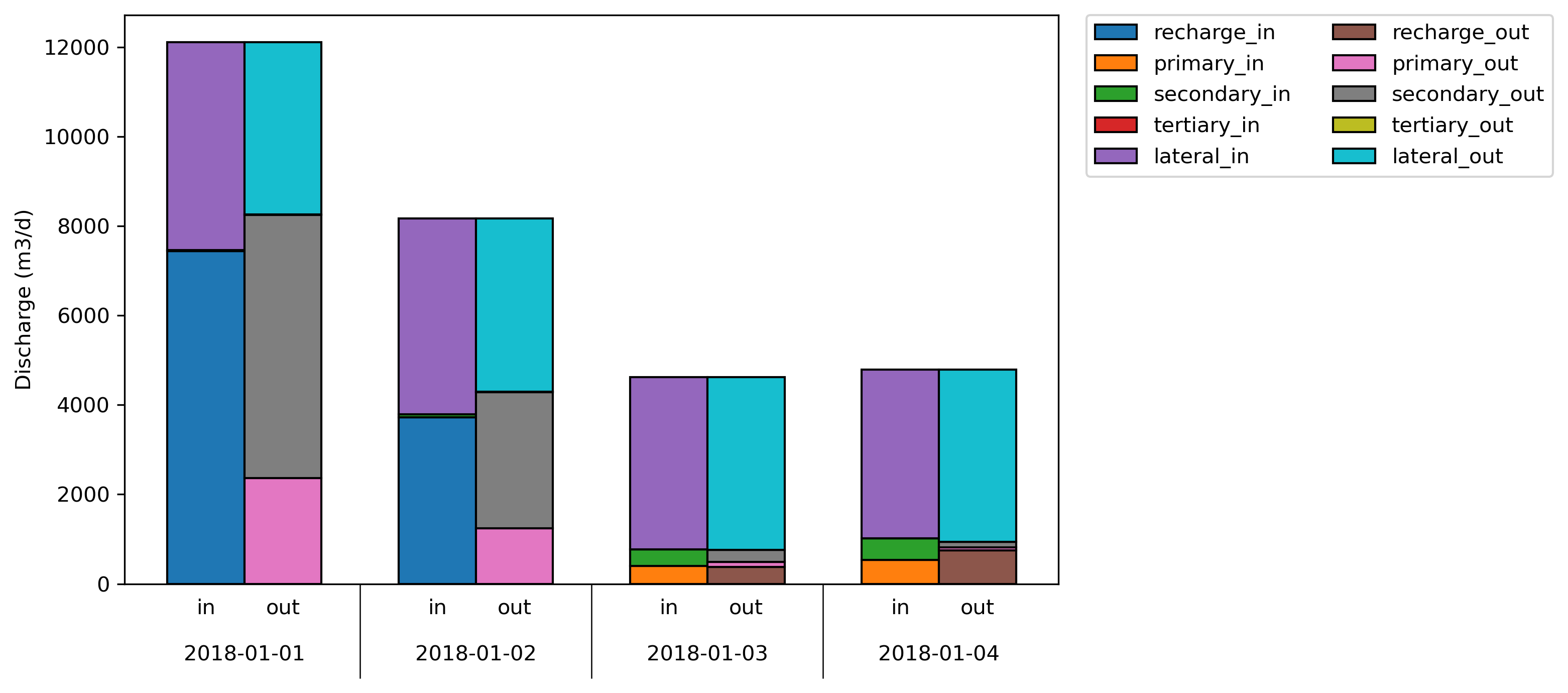
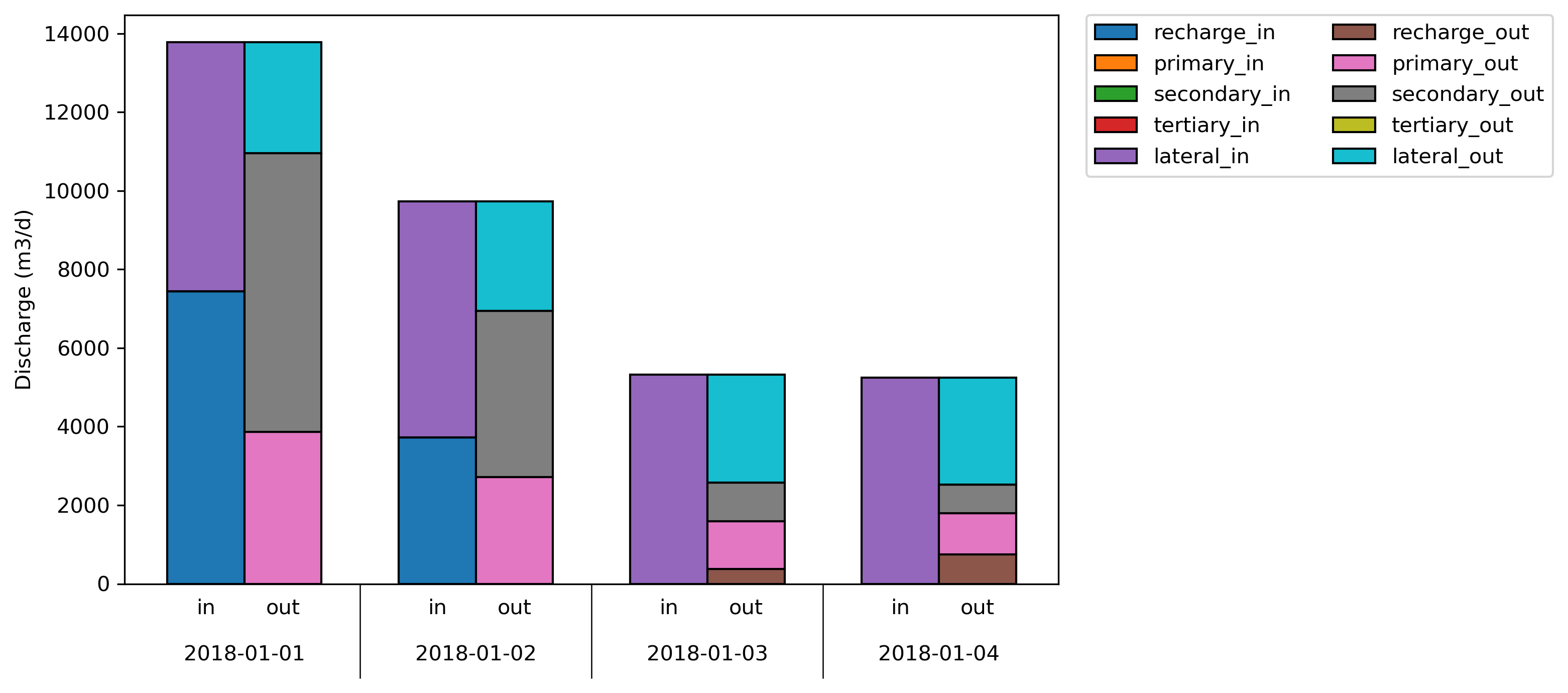

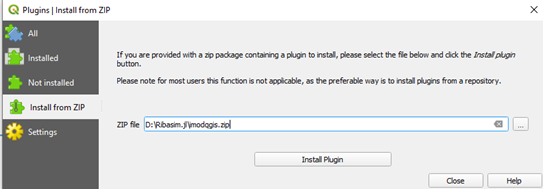

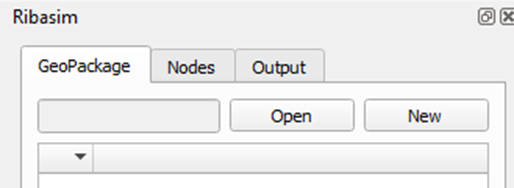

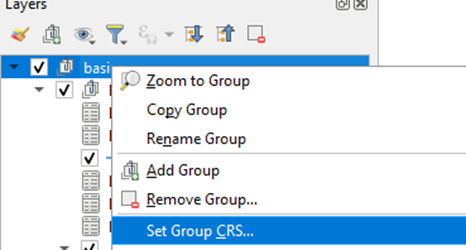
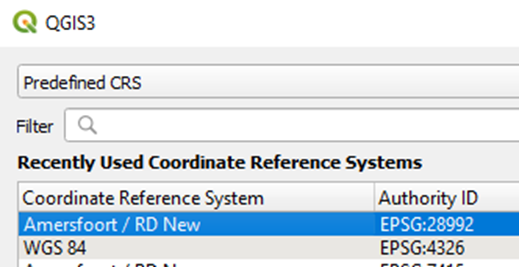
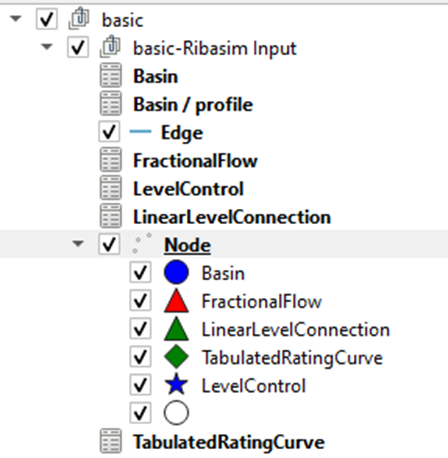

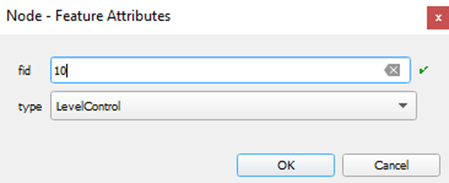

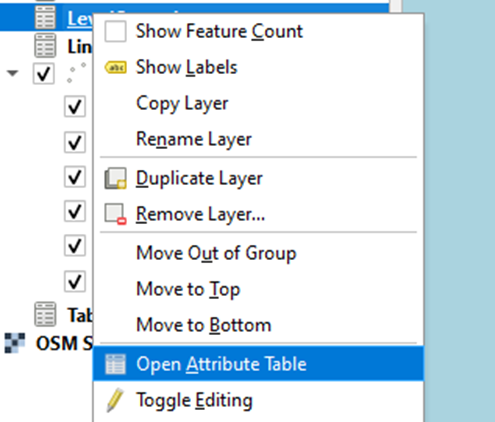
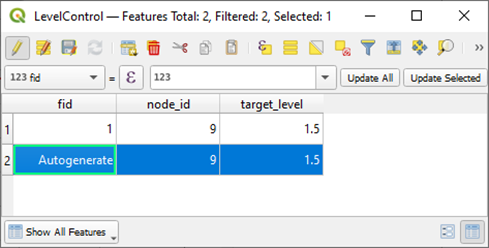
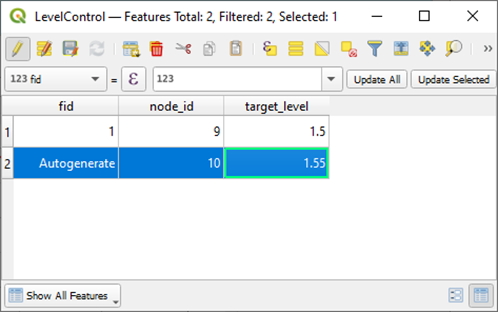

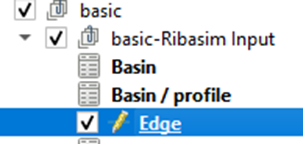


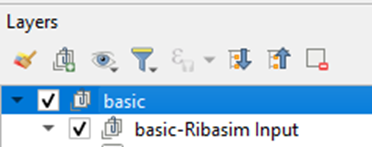

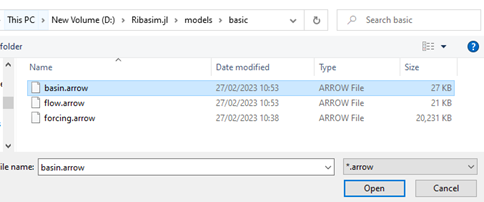

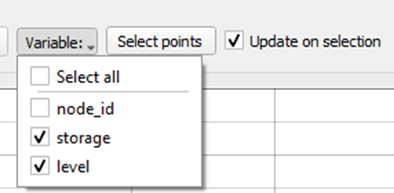
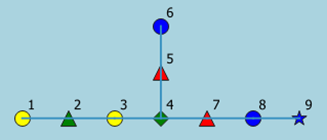




























Uploading images here won't work anymore for displaying them in our docs, due to GitHub changes, see https://github.blog/changelog/2023-05-09-more-secure-private-attachments/
Using HTML
imgtags like this still works:The text was updated successfully, but these errors were encountered: